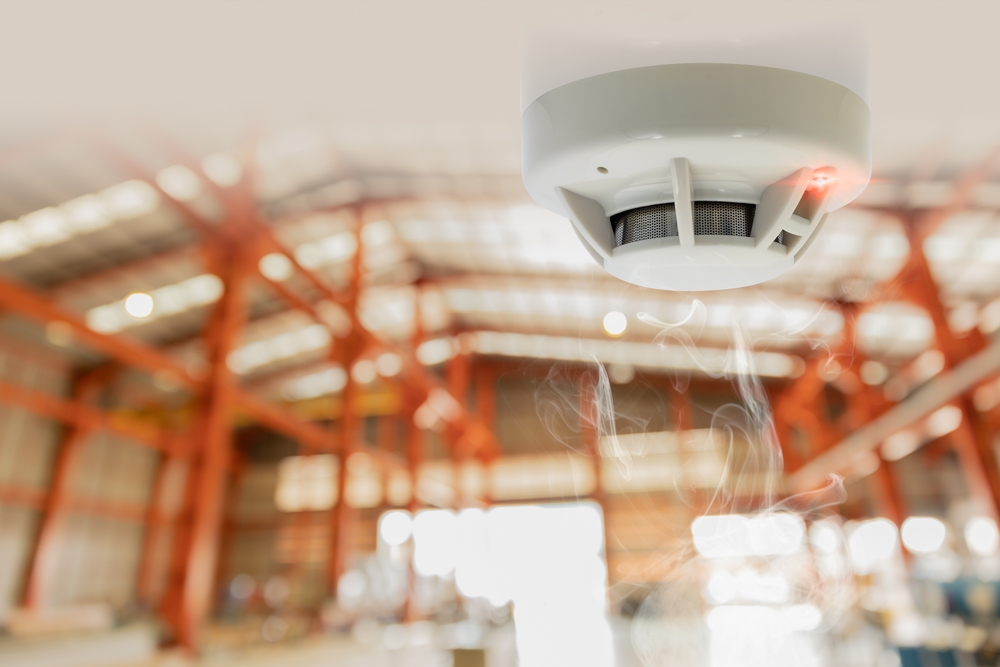Fire Alarm Aspiration Sensing Technology

Fire alarm aspiration sensing technology (FAAST) represents an advanced method of detecting smoke and fire hazards early, offering significant advantages over traditional smoke detectors. This technology is especially beneficial in environments where early detection is crucial for protecting assets and ensuring safety. Here, we’ll provide a detailed overview of FAAST and its benefits, how it works, and why it’s a valuable investment for comprehensive fire safety.
How Fire Alarm Aspiration Sensing Technology Works
FAAST systems use a network of air sampling pipes to actively draw in air from the monitored environment. The air is then passed through a highly sensitive sensor that can detect even the smallest particles of smoke. This proactive approach allows the system to identify potential fire hazards much earlier than conventional smoke detectors, which rely on smoke reaching a fixed sensor point.
Benefits of FAAST
Early Detection: One of the primary benefits of FAAST is its ability to detect smoke at very low levels, often before visible signs of fire appear. This early warning provides critical time for evacuation and for emergency services to respond, potentially preventing significant damage and saving lives.
False Alarm Reduction: Traditional smoke detectors can be prone to false alarms due to dust, steam, or other non-hazardous particles. FAAST systems are designed to distinguish between smoke and other particles, significantly reducing the incidence of false alarms. This precision is particularly useful in environments like data centers, manufacturing plants, and clean rooms where false alarms can be disruptive and costly.
Versatility: FAAST systems are versatile and can be installed in various environments, including areas with high airflow, large open spaces, and areas with challenging conditions such as dust or humidity. They are suitable for a wide range of applications, from commercial buildings to industrial sites.
Integration with Existing Systems: FAAST can be seamlessly integrated with existing fire alarm and building management systems. This integration allows for centralized monitoring and control, enhancing the overall efficiency and effectiveness of the building’s safety protocols.
Applications of FAAST
Data Centers and Server Rooms: In environments where protecting electronic equipment is critical, FAAST provides early detection to prevent fire-related damage to valuable assets.
Manufacturing Facilities: These environments often have high airflow and dust, which can interfere with traditional smoke detectors. FAAST systems perform well in these conditions, ensuring reliable fire detection.
Public Buildings and Large Spaces: FAAST is ideal for large public spaces like airports, shopping malls, and convention centers, where early detection and evacuation are crucial for public safety.
Historical Buildings and Museums: Protecting irreplaceable artifacts and structures requires sensitive and reliable fire detection. FAAST systems provide this level of protection without the risk of false alarms that can disrupt operations.
Installation and Maintenance
Installing a FAAST system involves placing a network of sampling pipes strategically throughout the protected area. The system requires periodic maintenance to ensure optimal performance, including checking the pipes for obstructions and verifying the sensitivity of the sensors. Regular maintenance helps maintain the accuracy and reliability of the system.
Conclusion
FAAST offers a superior level of fire detection by providing early warnings, reducing false alarms, and being adaptable to various environments. Investing in this technology enhances the safety and protection of your property and assets. For expert advice on installing and maintaining FAAST systems, contact Vigilante Security. We provide customized solutions to meet your specific fire safety needs, ensuring comprehensive protection for your business.


